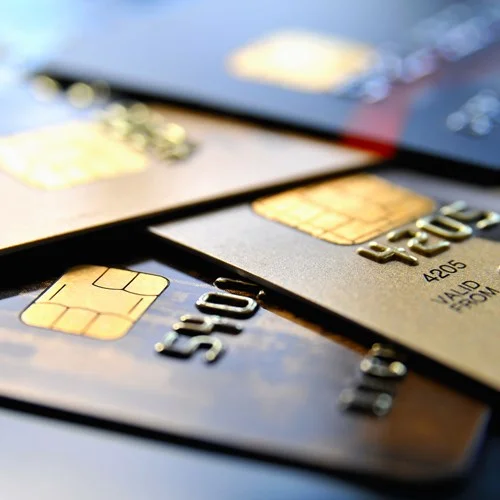The banking services industry has seen a surge of innovation in the past decade, including “tap” payments. We consider its features, and new developments.
26 January 2023 · Danielle van Wyk

The banking services industry has seen a surge of innovation in the past decade, including the “tap” payment method, which allows consumers to use contactless payment technology.
“Contactless refers to cards that have a near-field communication (NFC) antenna built into the plastic card,” notes head of card issuing at Absa Everyday Banking, Tshipi Alexander.
It’s this functionality that allows tap payments to be made at point-of-sale (POS) terminals, concluding a transaction conveniently and securely, and within seconds.
Tip: Taking out a personal loan can be of great convenience if you find yourself short of money. Apply here.
Advantages of the tap payment method
“The current perception is that contactless payments are for small ‘on-the-go’ amounts, but in reality, the tap functionality is available for high-value amounts,” says Chris Labuschagne, CEO of FNB Credit Card.
“The customer merely has to enter their card PIN to verify larger amounts. However, some retailers may have their own limits,” he adds.
As a standard security measure, ABSA applies a limit of R500 per contactless transaction.
“A PIN is requested for tap payments above this,” Alexander says. “However, customers using the Absa app can select their own card limits.”
Which banks offer the feature?
“All credit and debit cards issued by FNB are now tap-enabled, meaning that customers can securely pay for their goods at merchants without the card leaving their hands,” says Labuschagne.
Absa introduced contactless payments to their debit cards roughly a decade ago, and extended the functionality over time to VISA and Mastercard credit cards.
The same applies to Nedbank, whose Mastercard, VISA, and American Express cards are automatically enabled for contactless tap-and-pay transactions.
“After the pandemic, Nedbank saw double-digit growth in contactless payments,” says Chipo Mushwana, Nedbank’s divisional executive for emerging innovation.
Nedbank’s tap-and-pay transactions allow small business owners to save on monthly fixed or variable expenses, such as the cost of hardware and transactions. They also increase cash flow, which can be used for business reinvestment.
Capitec customers can choose whether or not they would like the tap function included on their card, and they can activate or deactivate this at a branch or via the Capitec app. When activating the function via the app, a chip-and-PIN confirmation will be required at a card machine or ATM.
Similarly, cards can be enabled for tapping on Standard Bank’s banking app. A PIN is required at POS terminals for any purchases above R200, and the limit is R500.
What’s next?
“Globally, a lot of innovation is taking place in this space,” says Alexander. “Contactless payments via face-to-face ‘tap-and-go’ is not a destination, but rather another stepping stone in the perpetual evolution of payments.
“You can now tap your phone using Apple Pay and Google Pay, both of which are enabled by Absa,” he concludes.
Tip: You can apply for a credit facility that allows you to safely shop at over 4,500 online stores in South Africa. This convenient facility means you don’t need to carry cash.
Free tool

info@justmoney.co.za
4th Floor, Mutual Park, Jan Smuts Drive,
Pinelands, Cape Town, 7405
© Copyright 2009 - 2025 · Powered by NCRCB29
Terms & Conditions
·
Privacy Policy
·
PAIA Manual
View your total debt balance and accounts, get a free debt assessment, apply for a personal loan, and receive unlimited access to a coach – all for FREE with JustMoney.